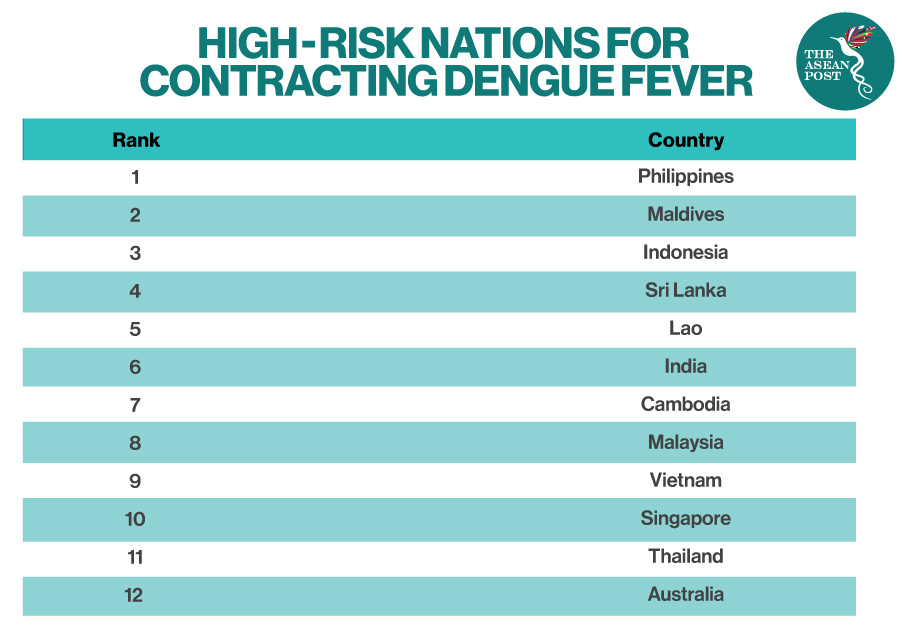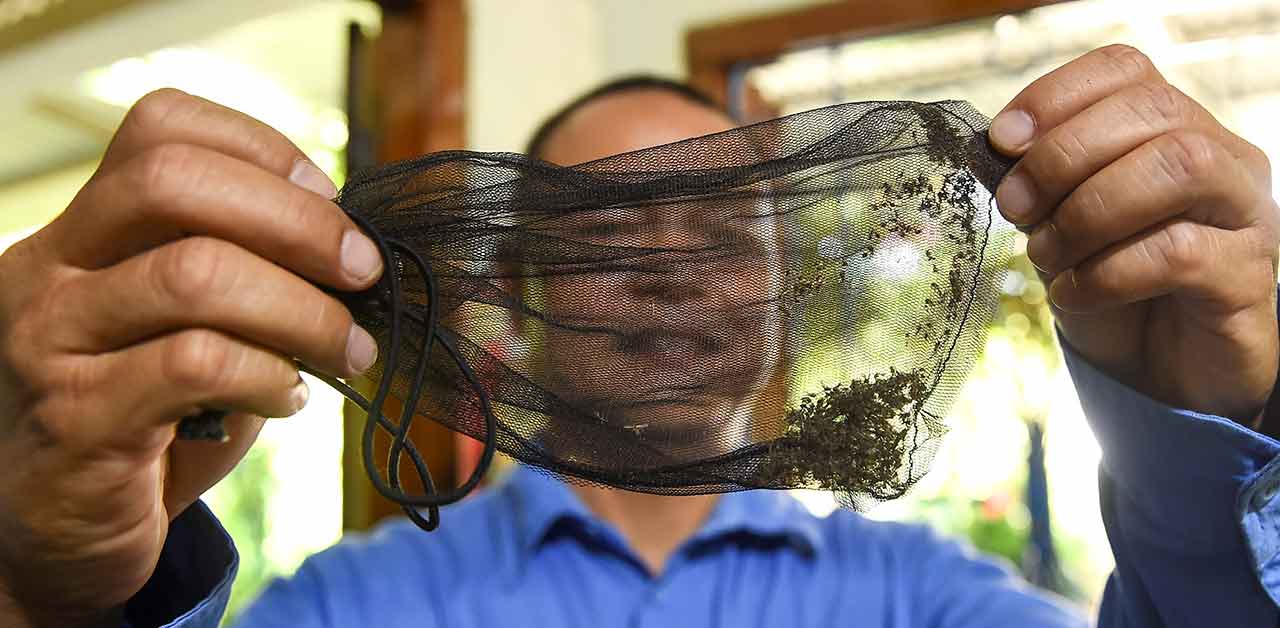As nations around the world scramble to combat the deadly COVID-19 virus, it is important to remember that old diseases continue to remain a threat to many. Recently, the bubonic plague, once considered an ancient disease, triggered a health warning in China and Mongolia as fresh cases were reported, whereas ASEAN member state Malaysia reported its first polio case in 27 years late last year. For Lao PDR, cases of dengue fever have reached 3,089 since January, far more than the 19 coronavirus infections reported in the country.
On 17 July alone, 55 cases of dengue fever were reported by Lao’s Ministry of Health.
An estimated 390 million infections of dengue occur across the globe every year. The mosquito-borne viral disease is transmitted to humans through the bites of female mosquitoes, mainly of the species Aedes aegypti and, to a lesser extent, Ae. albopictus. Severe dengue can cause bleeding that leads to organ impairment or plasma leakage and eventual death. Unfortunately, Southeast Asia is no stranger to the disease. To date, eight people have succumbed to dengue fever in Lao PDR this year.
Lao’s health authorities have urged citizens to be vigilant and to clear potential mosquito breeding sites around their homes and workplaces in order to control the spread of dengue fever.
According to the International Association for Medical Assistance to Travellers (IAMAT), peak transmission of dengue fever occurs during warmer and wetter months, typically from May to October. This pattern could be seen in Lao PDR as the country’s Ministry of Health also issued a dengue warning in July last year. In 2019, over 38,000 cases of dengue fever were reported in the ASEAN member state.
Singapore-based consumer information provider, ValueChampion conducted a study across 12 countries in Asia and found that Lao PDR ranks fifth among countries at risk of dengue in the region, and third among ASEAN member states after the Philippines and Indonesia.

Climate Change
The Ministry of Health in Lao has cited climate change as one of the main reasons for the country’s dengue outbreak last year. Dr Sibounhom Archkhawongs, Deputy Director General of the ministry’s Communicable Disease Control Department (CDCD), said that climate change will not only allow dengue mosquitoes to flourish but also increase the number of mosquitoes carrying the malaria virus.
According to media reports, rising temperatures across Asia and the Americas have contributed to severe outbreaks of dengue fever in recent years. This includes places where cases of dengue have never been reported before such as in the hills of Nepal – which was never warm enough in previous years for the disease to take hold.
Extreme heatwaves might happen “as often as every two years in the second half of the 21st century” because of global warming, stated the World Health Organisation (WHO). This phenomenon could increase the length of the transmission season and the number of geographical areas where the climate is conducive for the disease.
However, deforestation in Lao PDR has perhaps contributed further to climate change in the country. It was reported that between 1992 and 2002, forest cover declined an average of 134,000 hectares each year, with the density of forests also declining. Experts say that today, Lao has only about 40 percent forest coverage compared to the 70 percent that was recorded in the 1950s.
Rainforest Alliance, an international non-profit organisation based in New York in the United States (US) – explained that forests help with slowing climate change.
“Trees capture greenhouse gases (GHGs) like carbon dioxide, preventing them from accumulating in the atmosphere and warming our planet,” the agency stated.
It explained that deforestation causes a “triple-whammy” of global warming which include; loss of crucial ally in keeping excess carbon out of the atmosphere (and in slowing global warming); more emissions are created when felled trees release the carbon they had been storing, and rot or burn on the forest floor, and lastly; what most often replaces the now-vanished forest, livestock and crops, generate massive amounts of even more greenhouse gases.
Changing patterns of rainfall, humidity and temperature – all linked to climate change, are leading to longer breeding spells for the mosquito species that carry the virus, while shortening disease incubation times, noted the United Nations Development Programme (UNDP).
Thais Dos Santos, an expert adviser on the surveillance and control of arboviral diseases for the Pan American Health Organization told the media that he wants people to see how global warming and climate change are beginning to harm human health.
“We see children dying but how this is related to the climate is not always made explicit. (We need to do) a better job of connecting these constellations of ways in which the change in climate is affecting us,” explained Dos Santos.
Related articles:
